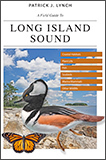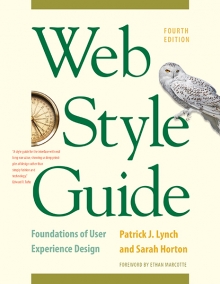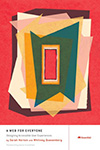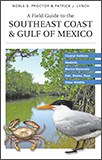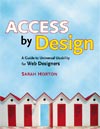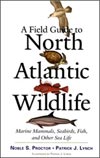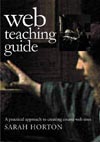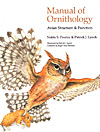- book contents
- chapter contents
- previous page
- next page
9 Editorial Style
How do I know what I think until I see what I say?
—E. M. Forster
People read differently on the web, and a new writing genre designed to accommodate the reading habits of online users has emerged. Given the low resolution of the computer screen and the awkwardness of the scrolling page, many users find reading on-screen uncomfortable, and so they scan on-screen text and print pages for reading.
Web reading is also not a stationary activity. Users roam from page to page, collecting salient bits of information from a variety of sources. They scan the contents of a page, get the information, and move on. Web reading may also be disorienting because web pages, unlike book or magazine pages, can be accessed directly without preamble.
Too often web pages end up as isolated fragments of information, divorced from the larger context of their parent sites through the lack of essential links and the failure to inform the user of their contents.
Web authors use hypertext links to create or supplement concepts: a list of related links can reinforce their content or even serve as the focus of their site. The problem posed by links has little to do with the web but is rooted in the concept of hypertext: Can the quick juxtaposition of two separate but conceptually related pieces of information encourage a better understanding of the message?
A collection of links cannot create or sustain an argument or deliver a collection of facts as efficiently or legibly as conventional linear prose. When there is no sustained narrative, users are sent aimlessly wandering in their quest for information. Links also become a maintenance issue, because most web pages are ephemeral. Broken links shake the user’s confidence in the validity and timeliness of content. Links should be used sparingly and never as a substitute for real content.
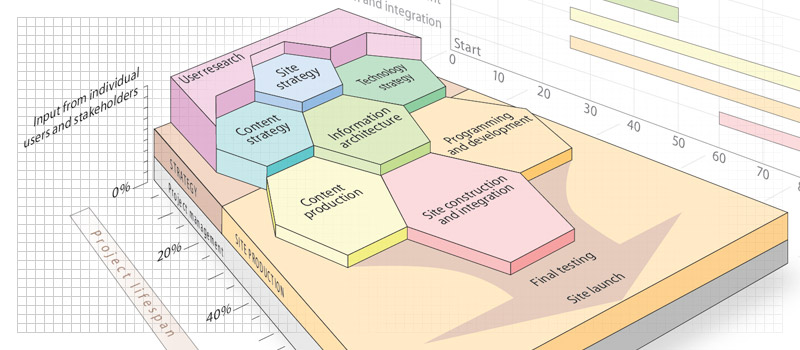
- book contents
- chapter contents
- previous page
- next page


